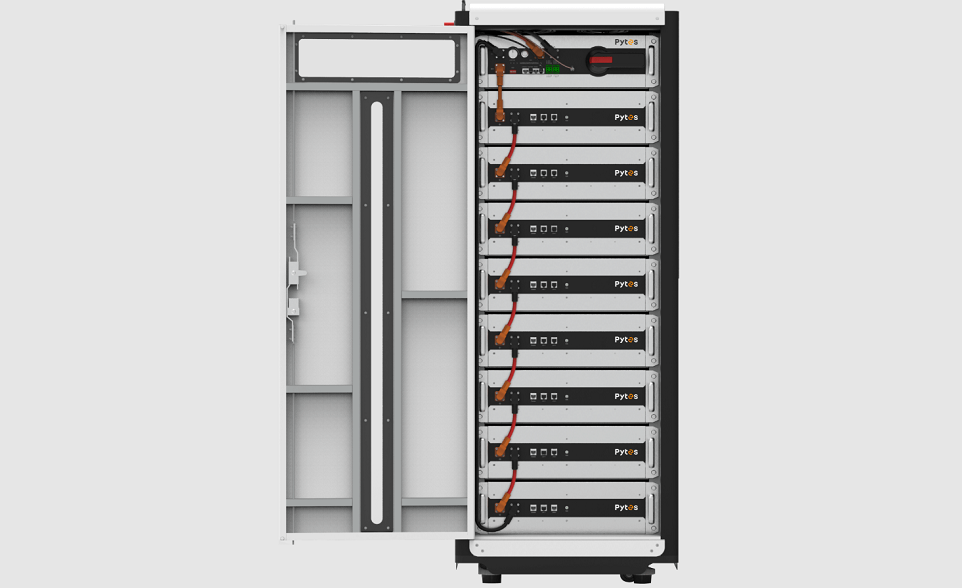Unveiling the Secrets of Graphite: Why Does This Mineral Exhibit Such Varied Properties?
Graphite, a form of carbon known for its distinctive properties, is a mineral of remarkable versatility. Its unique characteristics, from high electrical conductivity to exceptional lubricating abilities, are a result of its distinct structural and chemical properties. This blog post delves into why graphite displays such diverse properties, exploring the underlying reasons and their implications across various applications.
- The Structural Basis of Graphite's Properties 1.1. Layered Hexagonal Lattice Structure
Graphite’s primary feature is its layered structure, where carbon atoms are arranged in hexagonal lattices. Each layer consists of carbon atoms bonded in a planar, two-dimensional network. The layers are held together by weaker van der Waals forces, allowing them to slide over one another.
- Electrical Conductivity: The planar arrangement of carbon atoms and the presence of free-moving electrons within the layers contribute to graphite’s excellent electrical conductivity. Electrons can move easily between layers, making graphite an ideal material for electronic applications.
- Thermal Conductivity: Heat can be transferred efficiently between the layers due to the strong covalent bonds within each layer. This results in high thermal conductivity, useful in thermal management solutions and high-temperature processes. 1.2. Layer Interaction and Flexibility
The weak van der Waals forces between layers allow for easy sliding and separation of the layers, imparting graphite with its lubricating properties.
- Lubricating Properties: The ability of the layers to slide over each other with minimal friction makes graphite an effective dry lubricant. This property is advantageous in environments where traditional lubricants may fail, such as high temperatures or vacuum conditions.
- Mechanical Flexibility: The flexibility of the layers contributes to the mechanical strength and adaptability of graphite, making it suitable for various industrial applications where strength and flexibility are required.
- Forms of Graphite and Their Unique Properties
Graphite exists in several forms, each with its own set of properties due to differences in structure and processing methods.
2.1. Natural Graphite Forms
- Flake Graphite: This form of graphite occurs as thin, flat flakes and is characterized by its high purity and large size. Its properties make it suitable for use in batteries, lubricants, and as a carbon additive in steelmaking.
- Amorphous Graphite: Amorphous graphite lacks the ordered structure of flake graphite and is found in granular or powder form. It is used in brake linings, lubricants, and as a filler in various products. 2.2. Synthetic Graphite Forms
- Synthetic Graphite: Produced from petroleum coke, synthetic graphite is manufactured to achieve specific properties. It is used in applications requiring high precision and performance, such as electrodes and advanced lubricants.
- Graphene: A single layer of graphite, graphene exhibits extraordinary properties due to its two-dimensional structure. It boasts remarkable electrical, thermal, and mechanical properties, leading to innovations in electronics, materials science, and nanotechnology.
- Chemical Properties and Their Impact 3.1. Chemical Stability
Graphite’s chemical stability is a result of the strong covalent bonds between carbon atoms within each layer. This stability makes it resistant to most acids and bases.
- Corrosion Resistance: The chemical inertness of graphite allows it to be used in environments where other materials might degrade. It is utilized in chemical reactors, protective coatings, and various industrial applications. 3.2. Reactivity and Applications
Despite its stability, graphite can participate in certain chemical reactions, particularly when exposed to high temperatures or reactive environments.
- Applications: Graphite’s ability to interact with other substances under specific conditions is leveraged in the development of specialized materials and processes, such as in metallurgy and high-temperature industrial applications.
- Graphite’s Versatility in Technology and Industry 4.1. Energy and Electronics
- Batteries: Graphite’s electrical conductivity makes it a key component in lithium-ion batteries, which are used in a wide range of electronic devices and electric vehicles.
- Electronics: Its conductive properties are also exploited in the manufacture of electrodes and electrical contacts. 4.2. Industrial Applications
- Lubricants: The lubricating properties of graphite are utilized in machinery and automotive applications where high-temperature or high-pressure conditions are present.
- Refractory Materials: Its high melting point and thermal resistance make it suitable for use in furnaces, molds, and other high-temperature industrial processes.
- Future Trends and Innovations
Research continues to uncover new applications and enhance the properties of graphite. Innovations in graphene technology, for example, promise to revolutionize various fields, from electronics to materials science.
- Conclusion
Graphite’s diverse properties arise from its unique structural arrangement, chemical stability, and various forms. Its layered hexagonal lattice structure enables exceptional electrical and thermal conductivity, lubricating abilities, and mechanical flexibility. By understanding these properties and their underlying causes, we can better appreciate graphite's role in current and future technologies, from advanced electronics to industrial processes.


